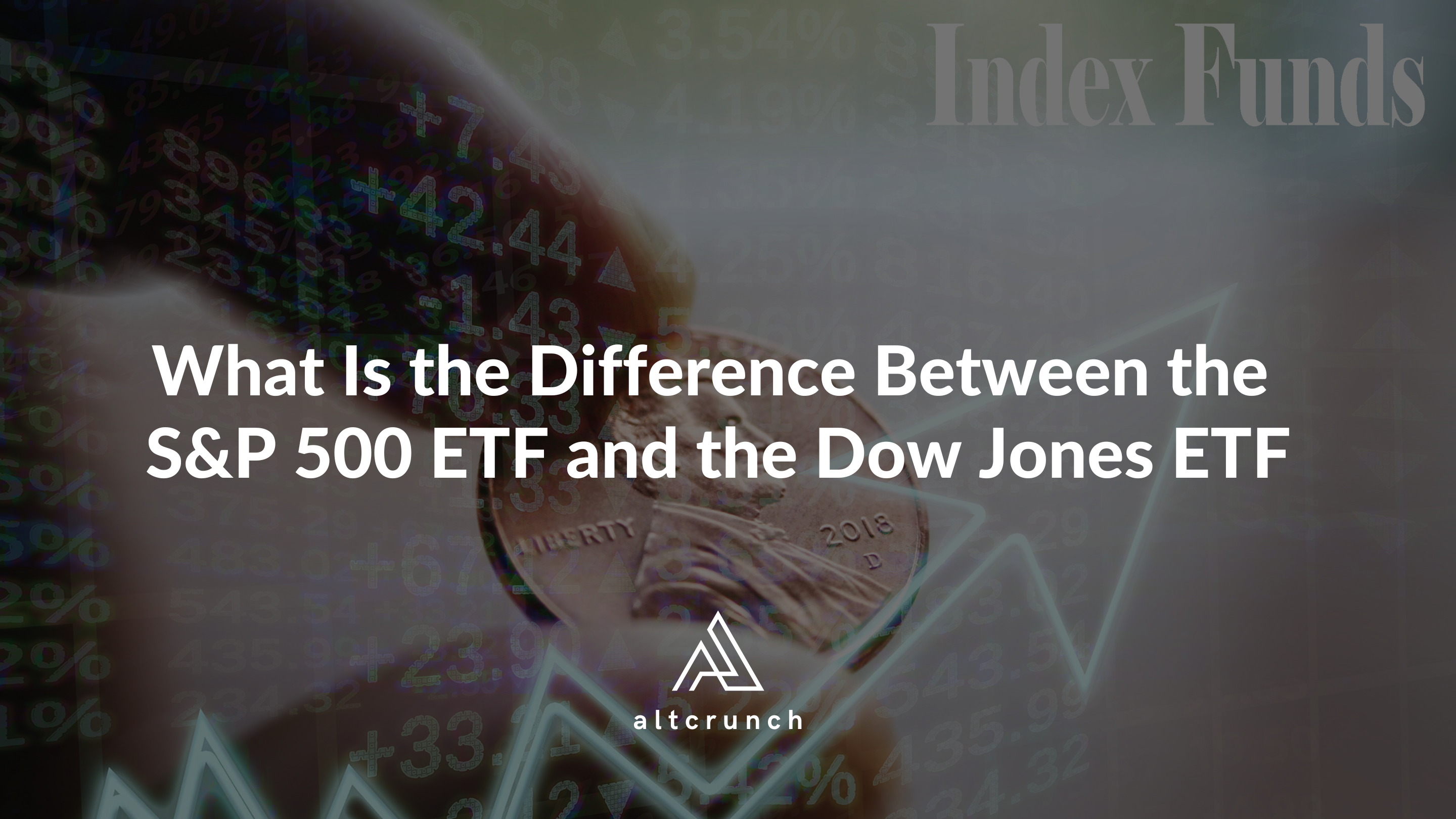Some of the most popular exchange-traded funds (ETFs) in the market today are those that track the S&P 500 Index and the Dow Jones IndustrialAverage (DJIA).Both ETFs have roughly the same level of risk associated with them. The Dow ETF follows only 30 firms, but the S&P ETF follows all 500 companies in the S&P 500. These ETFs typically have a high degree of correlation, which means they tend to move in the same direction most of the time. There are, nevertheless, significant distinctions between the two funds.The SPDR S&P 500 ETFThe SPDR S&P 500 ETF Trust (SPY) invests in 500 stocks from the S&P 500 index. The firms included in the ETF are chosen by a committee, and as a result, the holdings may differ slightly from the S&P 500 index. The committee bases its choices on standards such as liquidity, profitability, and balance. The index is reviewed by the committee on a regular basis.The S&P 500 Index is based on a weighted average market capitalization, which means that larger firms are weighted more heavily in the index. Market capitalization is calculated by multiplying the stock price of a company by the number of outstanding shares of stock. Companies with the most shares and a high stock price will have a higher weighting because of the weighting.The SPDR SPY has a low expense ratio of 0.0945%, which is the percentage cost of operating the fund. As of January 19, 2022, the fund’s assets under management (AUM) were more than $434 billion.Risk and LiquidityDepending on market conditions, the SPDR SPY has a daily trading volume of more than 80 million shares. The number of shares exchanged daily, known as liquidity, is crucial since a higher figure indicates that there are more buyers and sellers, allowing investors to easily enter and exit positions.The SPY has a beta of.98 and is relatively low risk, though it can change. The beta of a security is a measure of how much it varies in the market and its risk level. A beta of one indicates that a security trades in lockstep with the market. When compared to the market, a beta of less than one indicates a low risk, while a beta greater than one indicates a bigger risk. Because the SPY includes numerous market companies, its beta is frequently close to one, indicating that it moves in lockstep with the market.Dow Jones Industrial Average Exchange Traded FundThe SPDR Dow Jones Industrial Average ETF Trust (DIA) monitors some of the largest corporations in the United States, with companies chosen by a committee of Wall Street Journal editors. There are no technical requirements for index inclusion. The component companies must be large enterprises that account for a significant number of US economic activity.The DJIA has 30 firms, whereas the S&P 500 contains 500. The DJIA is the second-oldest stock index, having been founded in 1896. The largest ETF following the DJIA is the SPDR Dow Jones Industrial Average ETF.

